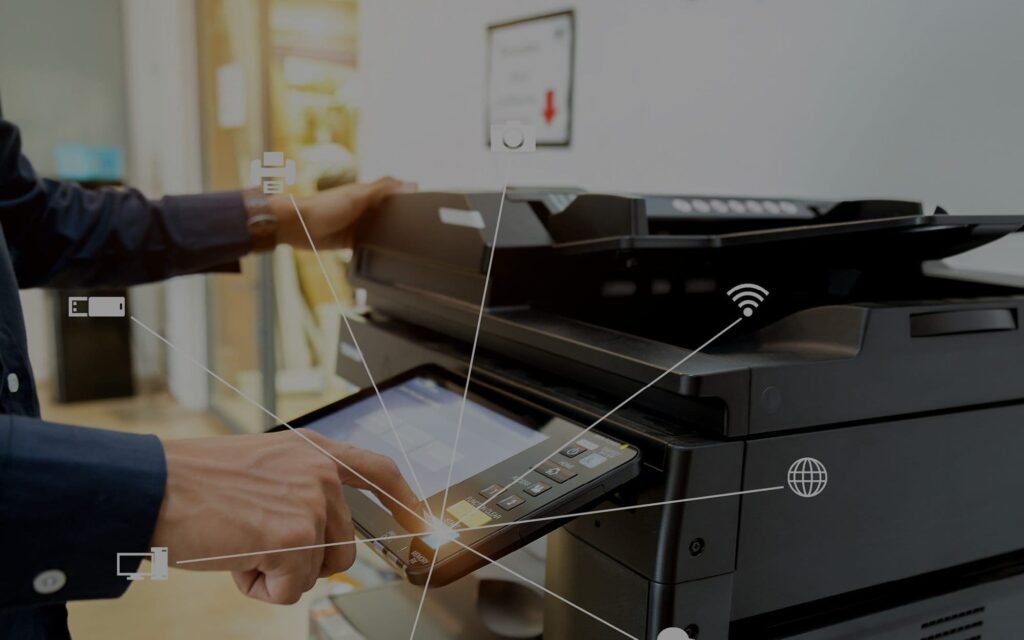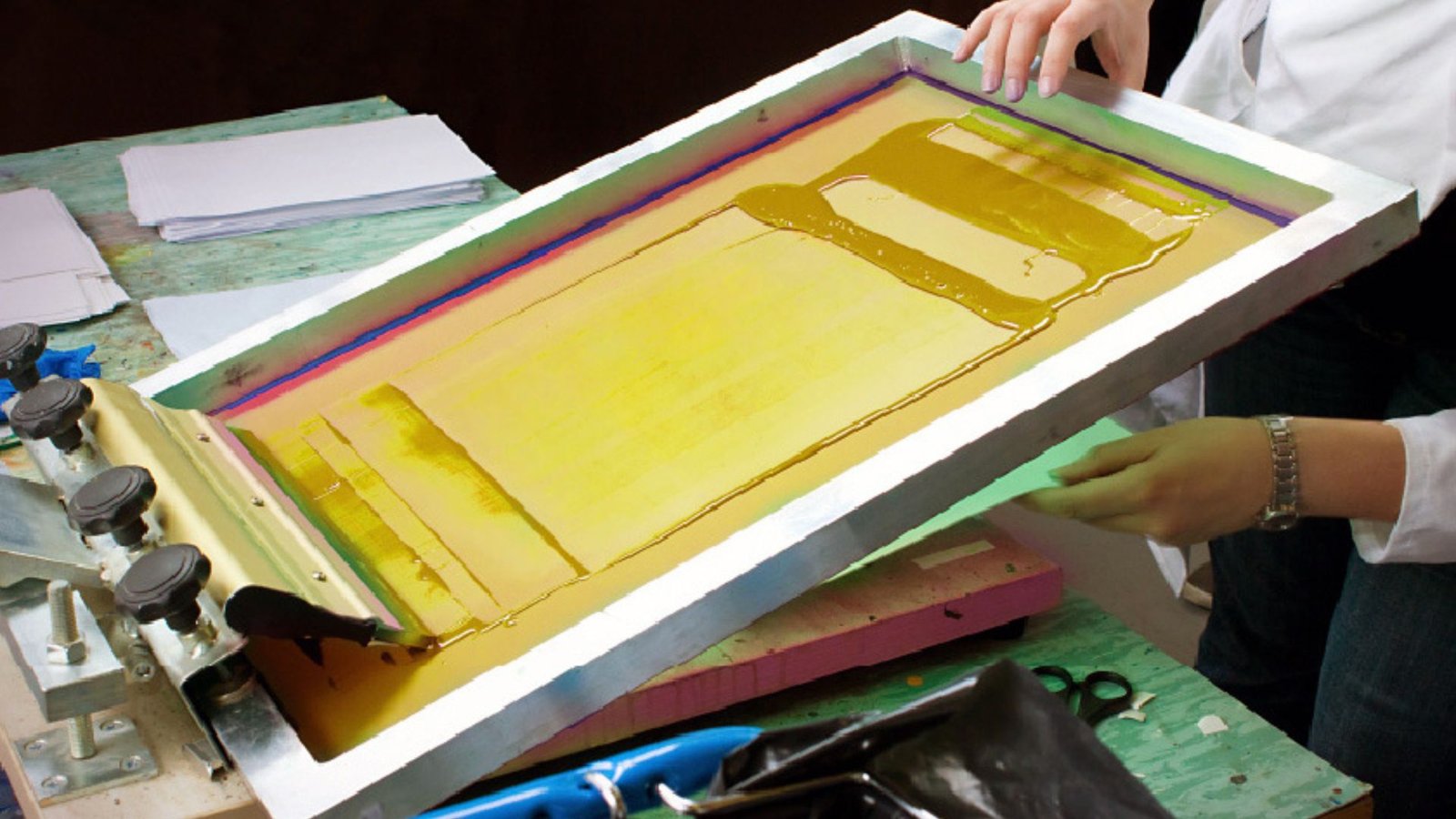Technology has revolutionized many industries, and the printing sector is no exception. If you’re wondering how technology enhances printing efficiency, you’re in the right place. With continuous advancements, printing has become faster, cheaper, and more eco-friendly. In this article, we’ll explore the ways technology improves printing efficiency, making it an essential tool for businesses and consumers alike.

The Impact of Technology on Printing
Over the years, printing technology has evolved significantly. Innovations have brought about improvements in speed, quality, and sustainability. These changes have made printing more accessible and affordable. So, how does technology enhance printing efficiency? Let’s take a closer look.
1. Faster Printing Technology
One of the most noticeable improvements is the speed at which printers operate. Older printing methods were slow and required a lot of time to complete a single task. However, modern printers use advanced technology that allows them to print much faster. Laser printers, for example, can produce pages at speeds of up to 50 pages per minute. This is a huge improvement, especially for businesses that rely on fast printing to meet deadlines.
The Role of Digital Printing
Digital printing plays a significant role in increasing printing speed. Unlike traditional methods that require separate plates for each print, digital printing allows for quicker set-up and fewer steps in the process. As a result, digital printing can handle shorter runs efficiently, which makes it ideal for printing customized products or on-demand services.
2. Improved Print Quality
Technology has also led to better print quality. In the past, low-quality prints were common, especially when using older printers. Today, advancements in printing technology have dramatically improved resolution and color accuracy. With technologies like inkjet and laser printing, printouts are sharper and more vibrant. These improvements are essential for businesses that need high-quality prints for promotional materials or packaging.
The Benefits of Advanced Ink and Toner Technology
One key advancement in improving print quality is the development of advanced inks and toners. These new materials allow for better color reproduction and longer-lasting prints. For example, pigment-based inks are now widely used for their durability and resistance to fading. This means prints last longer, which is an added benefit for businesses and consumers who want high-quality, lasting results.
3. Cost-Effectiveness
Another way technology enhances printing efficiency is by reducing costs. With new printing technologies, businesses can save money on both materials and labor. For example, newer printers use less ink or toner while still maintaining print quality. Additionally, many modern printers are designed to be energy-efficient, which reduces electricity consumption. These small savings can add up over time, making technology a valuable tool for businesses looking to cut costs.
Reducing Waste Through Smart Printing
Advancements in printing technology also help reduce waste. Modern printers are designed to be more efficient with resources, using less paper and ink. For example, many printers now come with automatic double-sided printing features, reducing the amount of paper used. Additionally, some printers are equipped with sensors that detect low ink levels, allowing users to replace ink before running out, which reduces waste and unnecessary costs.
4. Automation in Printing
Another way technology enhances printing efficiency is through automation. Many modern printing machines come with automated features that make the printing process easier and more efficient. For example, automated color adjustments and paper handling systems ensure that prints are consistent and of high quality. Additionally, automated processes can reduce human error, leading to fewer mistakes and faster production.
Workflow Integration for Efficiency
Workflow software is also helping businesses streamline their printing processes. By integrating design software with printing machines, businesses can reduce the time spent on preparation and adjust prints easily. This automation speeds up the process from start to finish, helping companies meet tight deadlines and improve productivity.
How Technology Makes Printing More Sustainable
Technology isn’t just making printing more efficient; it’s also helping reduce its environmental impact. With the rise of eco-friendly printing technologies, companies can now print with less waste and fewer harmful chemicals.
Eco-Friendly Inks and Materials
Many modern printers use water-based inks or soy-based inks, which are much more eco-friendly than traditional petroleum-based inks. These new inks are less harmful to the environment and easier to recycle. In addition, newer printing materials like recycled paper are often used in combination with these eco-friendly inks, further reducing the environmental impact of printing.
Energy-Efficient Printers
Technology has also made printers more energy-efficient. Today’s printers use less electricity, especially when in idle mode, which reduces overall energy consumption. Additionally, many printers are designed to automatically power down when not in use, further conserving energy. This shift towards energy-efficient technology helps reduce the carbon footprint of printing operations.
Conclusion: Embrace the Future of Printing Efficiency
In conclusion, technology plays a crucial role in enhancing printing efficiency. From faster printing speeds and better print quality to cost savings and eco-friendly options, these advancements are transforming the printing industry. By adopting these innovations, businesses and individuals can enjoy more efficient, high-quality, and sustainable printing. As technology continues to evolve, we can expect even more exciting improvements that will further enhance the way we print. So, whether you’re printing for personal use or business, embracing these technologies will help you get the best results faster and more affordably.











